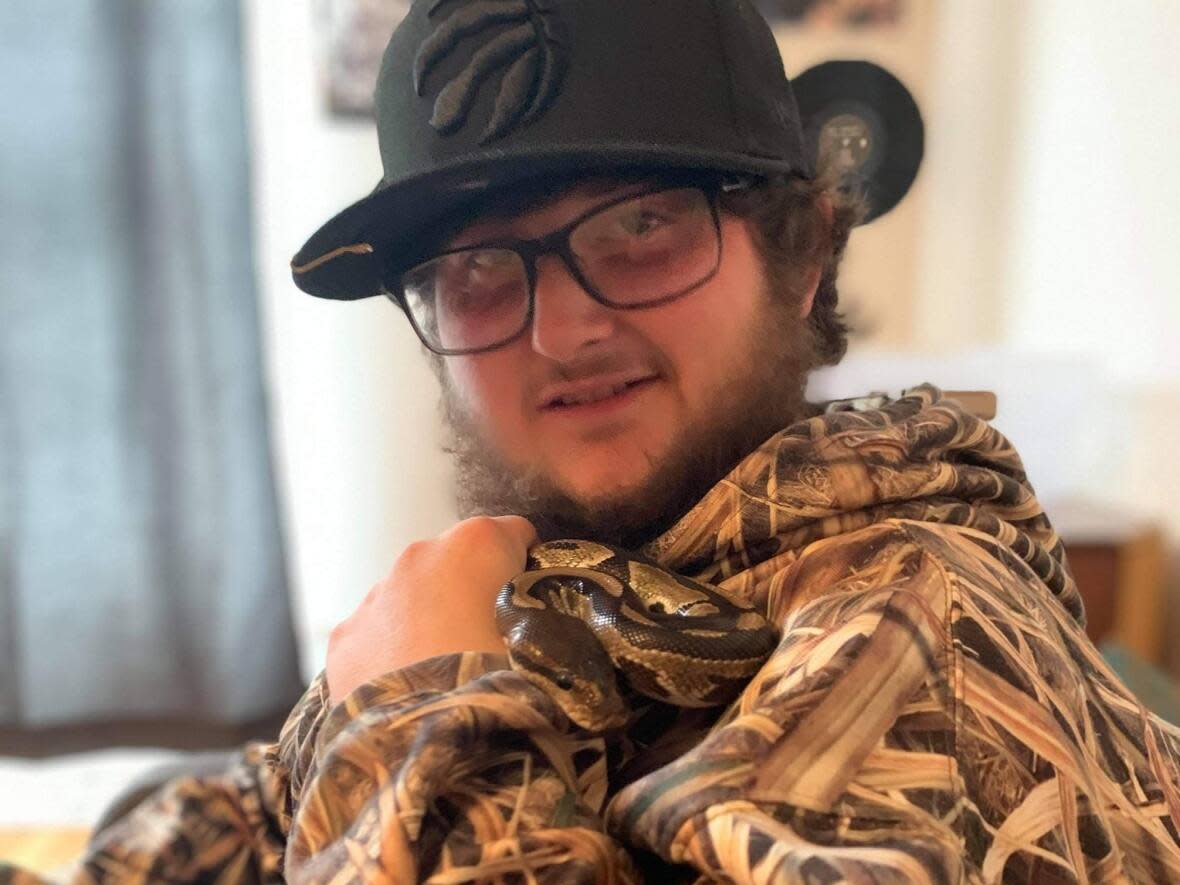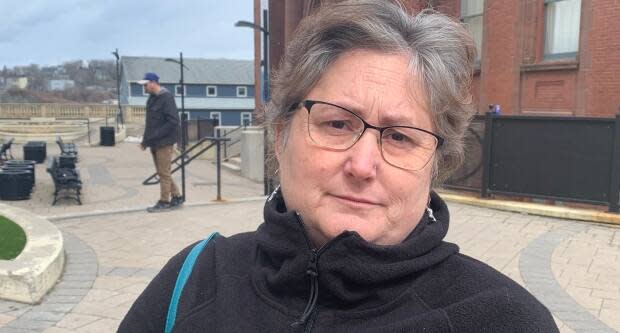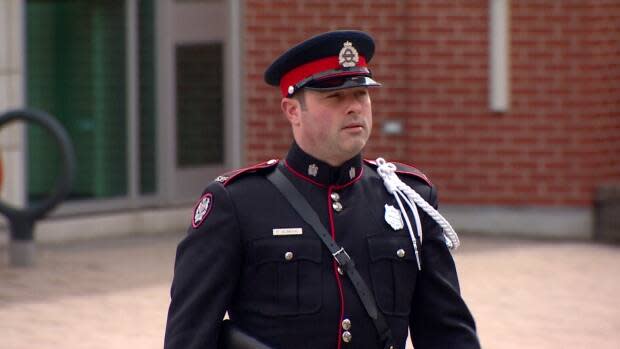First responders testify about extraordinary efforts to try to save Saint John toddler

WARNING: This story contains graphic content some readers may find disturbing.
One of the first police officers to answer the call about a toddler swallowing what turned out to be a Ping-Pong ball described the efforts to try to save him.
Const. Tara Stewart told a court Wednesday that she and her partner were two streets away from the boy's home and arrived within seconds of the call on Sept. 18, 2021.
Her partner, Const. Matthew Innes, jumped out of the cruiser before she'd come to a complete stop. By the time Stewart entered the darkly lit hallway of the apartment, Innes was already working on the two-year-old.
Stewart was the first witness to testify at the sentencing hearing for Karrson Bennett, who pleaded guilty Monday to second-degree murder. Instead of a five-week jury trial in the Court of King's Bench, the Crown is now presenting a five-day sentencing hearing.

In an agreed statement of facts, Bennett admitted to intentionally putting a Ping-Pong ball into the child's mouth and thereby causing his death.
Prosecutor Chris Ryan explained to the court that the Crown wants the judge to consider as an aggravating factor the amount of force needed to push a plastic ball into a two-year-old's throat.
Stewart said an object wasn't even visible when the officers looked into the boy's mouth.
"I was in shock when I actually saw what had been removed," she said of the ball.
Stewart said she and Innes had tried different things, including chest compressions and holding the boy up and giving him back blows.
As she described the revival efforts, Stewart had to pause to compose herself. She apologized, saying "it's different when it's a child."
'Zero emotion'
Stewart said she was struck by something Bennett said at the time, which was "I told him not to put that ball in his mouth."
The tone Bennett used showed "zero emotion … and it just shook me," Stewart said, and she didn't feel it was appropriate, given the officers were trying everything they could to save him.
Before Stewart testified, Crown prosecutor Elaina Campbell said they'd been referring to the ball as a Ping-Pong ball. In fact, even the charge to which Bennett pleaded guilty, refers to a Ping-Pong ball.
Such balls, she explained, have a standardized size. The orange ball removed from the boy's throat is not a standard Ping-Pong ball. She said it's often referred to as a "beer pong ball," although it closely resembles a Ping-Pong ball.
Bennett's mother apologizes to family
At the beginning of the day, while the lawyers were meeting, Bennett's mother, Holly, stood up in the courtroom and faced the 10 members of the victim's family sitting on one side.
"I don't know if it means anything," she told them, but she felt compelled to tell them she was sorry.
Although some nodded at her in acknowledgement, no one said anything in return.
Asked about the apology after, Holly Bennett said she hadn't planned it. She said she was suddenly struck by the need to tell them how sorry she was.
As she told the family when she addressed them, she said "he's still my son."

Holly Bennett was the final witness to testify on the first day of the sentencing hearing.
She told the court she heard about the incident the next day and immediately left her home in St. Martins to be with her son, since he hadn't yet been arrested.
She said Karrson told her that the child had repeatedly put the plastic ball into his mouth and that Karrson had taken it from him.
Holly said Karrson told her the boy had somehow found the ball again, popped it into his mouth and was unable to get it back out.
In comments to the court, the Crown has alerted the judge that they allege Karrson Bennett tried to tamper with a second plastic ball to make it appear as though there were bite marks on it — all in an effort to support his claim the child had accidentally swallowed the ball.
But Ryan told the court on Wednesday that a forensic dentist has already said the marks on the ball weren't caused by teeth.

Const. Houston Gojmerac testified he arrived on scene about two minutes after the call came in and before the ambulance did.
He said he has experience performing the Heimlich manoeuvre on children under five and had succeeded three times.
Gojmerac said he had been confident that if he just worked hard enough, he would be able to remove the ball. He began with moderate force and increased until he was squeezing as hard as he could.
At that point, he said, things couldn't have gotten worse, so he was prepared to do whatever damage was necessary to get the ball out.
At one point, he said he felt the little boy's body go limp.
An ambulance arrived soon after, and Gojmerac ran with the boy to the back of the ambulance and let the paramedics take over.
The court hasn't yet heard from the paramedics, but it did hear from a firefighter who joined them in the back of the ambulance.
'One of the miracles'
Paul Hallett said one of the paramedics used a tool to open the boy's mouth and throat, which finally revealed what was obstructing his airway. Hallet said he wasn't quite sure what he was looking at until one of the paramedics said "It's a Ping-Pong ball."
It was so far down the boy's throat, Hallett said, that he couldn't imagine how they'd get it out.
He said it's "one of the miracles" in his 25 years as a firefighter that they eventually succeeded.
They immediately began efforts to revive the boy, even trying to shock his heart into starting again, but Hallett said the machine toldl them there weren't enough signs of life to be effective.
The boy was rushed to hospital and then on to the IWK children hospital in Halifax, where he died the next day.


